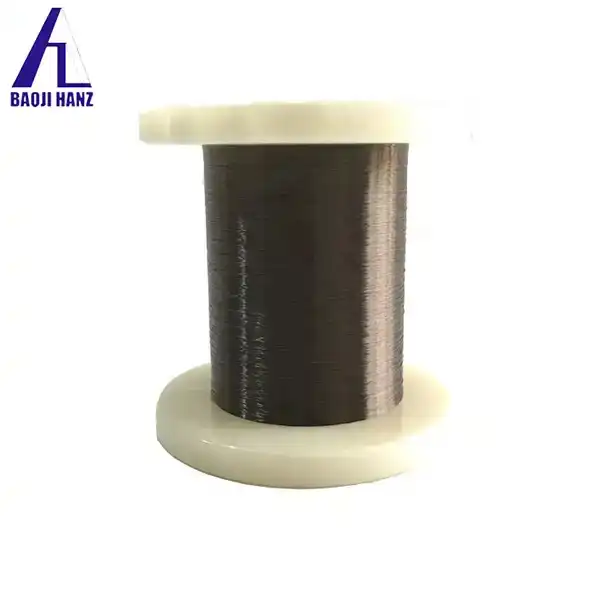Will nitinol wire deform permanently?
2024-08-09 20:46:04
Nitinol wire, known for its unique shape memory and superelastic properties, has become increasingly popular in various industries. Its ability to return to its original shape after deformation makes it an intriguing material for many applications. However, a common question arises: Will nitinol wire deform permanently? This blog will delve into this question and explore other related inquiries that frequently appear in Google searches, such as Can nitinol wire be reused? and What happens when nitinol wire is heated? We'll also consider How long does nitinol wire last? to provide a comprehensive understanding of this remarkable material.
Will Nitinol Wire Deform Permanently?
Nitinol (nickel-titanium alloy) is celebrated for its two distinct properties: shape memory and superelasticity. Shape memory allows the material to return to a pre-set shape when heated, while superelasticity enables it to undergo significant deformation and return to its original form at a specific temperature range.
The Science Behind Nitinol
Nitinol's ability to remember its shape is due to a solid-state phase transformation between its austenite and martensite phases. When deformed at a low temperature (martensite phase), it can be reshaped, but once heated above its transformation temperature (austenite phase), it returns to its original shape.
Permanent Deformation Conditions
Under normal usage, nitinol wire does not deform permanently. However, there are conditions under which permanent deformation can occur:
- Overloading: Applying a force beyond the material's elastic limit can cause permanent deformation.
- Overheating: Exposure to temperatures much higher than the alloy's transformation range can alter its properties, leading to permanent deformation.
- Cyclic Fatigue: Repeated cycling between deformation and recovery can eventually lead to microstructural changes, causing permanent deformation over time.
Thus, while nitinol wire is designed to recover its shape, excessive stress or inappropriate use can lead to permanent deformation.
Can Nitinol Wire Be Reused?
Reusability is a significant advantage of nitinol wire, particularly in medical and industrial applications.
Medical Applications
In medical devices such as stents and guidewires, nitinol's ability to undergo deformation and return to its original shape is crucial. These devices often need to navigate through complex vascular pathways, requiring flexibility and resilience.
Industrial Applications
In robotics and actuation systems, nitinol wires are used repeatedly to perform precise movements. Their ability to return to a preset shape after each use ensures consistency and reliability in operations.
Limitations to Reusability
While nitinol wire can be reused, its lifespan can be affected by:
- Environmental Factors: Corrosive environments can degrade the wire over time, reducing its reusability.
- Mechanical Wear: Continuous mechanical stress and strain can lead to fatigue, eventually affecting its performance.
Proper maintenance and usage within recommended parameters can significantly enhance the reusability of nitinol wire.
What Happens When Nitinol Wire is Heated?
The response of nitinol wire to heat is a core aspect of its functionality.
Shape Memory Effect
When heated above its transformation temperature, nitinol wire transitions from the martensite phase to the austenite phase. This transition causes the wire to revert to its pre-set shape, a phenomenon known as the shape memory effect.
Practical Applications
This property is exploited in various applications:
- Medical Devices: Stents that expand when warmed by body temperature to reopen blocked arteries.
- Actuators: Used in applications where precise, controlled movement is required, such as in robotics or eyeglass frames that can be adjusted with temperature.
Potential Issues with Heating
Excessive heating can pose problems:
- Overheating: Can lead to changes in the alloy's microstructure, affecting its performance.
- Thermal Cycling: Repeated heating and cooling can lead to fatigue, impacting the material's longevity.
Thus, controlled heating within specified limits is crucial to maintaining the wire's functionality.
How Long Does Nitinol Wire Last?
The longevity of nitinol wire depends on several factors, including its application, environmental conditions, and mechanical stress.
Durability in Medical Devices
In medical applications, nitinol's lifespan is critical. Devices such as stents must function reliably over long periods. Clinical studies and long-term usage data indicate that nitinol can maintain its properties for many years, often exceeding the required duration for medical implants.
Industrial Longevity
In industrial applications, the wire's lifespan is influenced by:
- Mechanical Load: Continuous or cyclic loading can cause wear and fatigue.
- Environmental Exposure: Corrosive environments or extreme temperatures can degrade the material.
Enhancing Longevity
To extend the lifespan of nitinol wire:
- Proper Maintenance: Regular inspection and maintenance can prevent premature failure.
- Controlled Usage: Adhering to recommended operational limits helps maintain its properties over time.
With proper care, nitinol wire can offer extended service life in both medical and industrial applications.
About Baoji Hanz Metal Material Co., Ltd.
Baoji Hanz Metal Material Co., Ltd., established on November 15, 2017, is located in the Baoji Titanium Valley Nonferrous Metals Base in China. The company boasts a complete set of sophisticated production and processing equipment, excellent technology, and a professional sales and after-sales team. Their main business includes nitinol shape memory alloy, superelastic nitinol alloy, nickel titanium alloy, industrial furnace, and mechanical equipment design, manufacturing, production, and service.
The company has advanced R&D, production, and testing equipment, continuously committed to the conversion of scientific research results and the localization of imported products. They have completed major projects such as high-purity metal material preparation, ultra-large and ultra-thin casting, radiation generation and control material development, broadening new ideas for material purification, processing, and new material preparation. Baoji Hanz Metal Material Co., Ltd. provides new markets and opportunities with their leading technology, excellent quality, stable development, and win-win cooperation philosophy. They are willing to work with colleagues from all walks of life to seize business opportunities and create a better future.
For more information, inquiries, or to discuss business opportunities, please contact us at: baojihanz-niti@hanztech.cn.
References
- Kauffman, G. B., & Mayo, I. (1992). The Story of Nitinol: The Serendipitous Discovery of the Memory Metal and Its Applications. The Chemical Educator, 2(2), 1-21.
- Otsuka, K., & Wayman, C. M. (1998). Shape Memory Materials. Cambridge University Press.
- Duerig, T. W., Pelton, A. R., & Stöckel, D. (1999). An Overview of Nitinol Medical Applications. Materials Science and Engineering: A, 273-275, 149-160.
- Mohd Jani, J., Leary, M., Subic, A., & Gibson, M. A. (2014). A Review of Shape Memory Alloy Research, Applications and Opportunities. Materials & Design, 56, 1078-1113.
- Morgan, N. B. (2004). Medical Shape Memory Alloy Applications—The Market and Its Products. Materials Science and Engineering: A, 378(1-2), 16-23.
- Thompson, S. A. (2000). An Overview of Nickel–Titanium Alloys Used in Dentistry. International Endodontic Journal, 33(4), 297-310.

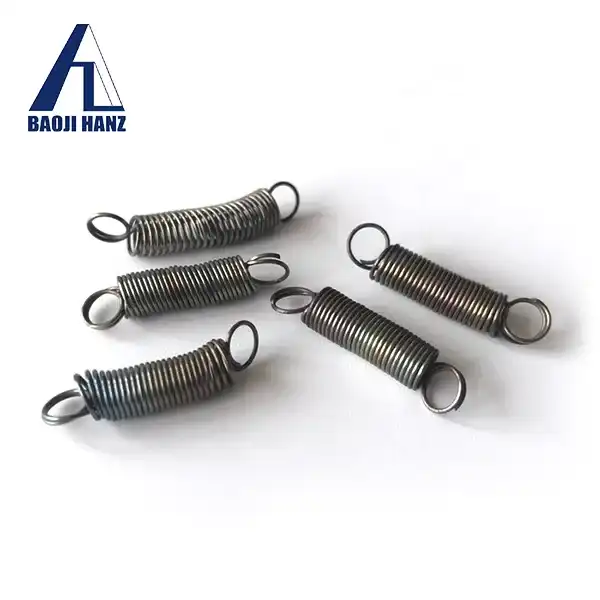
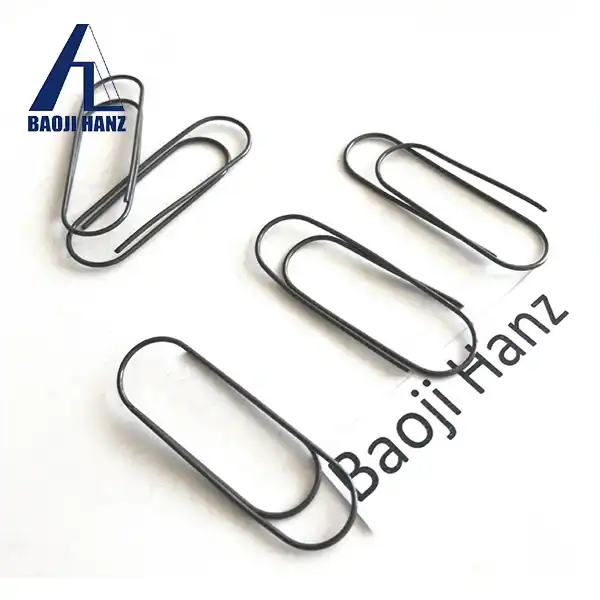
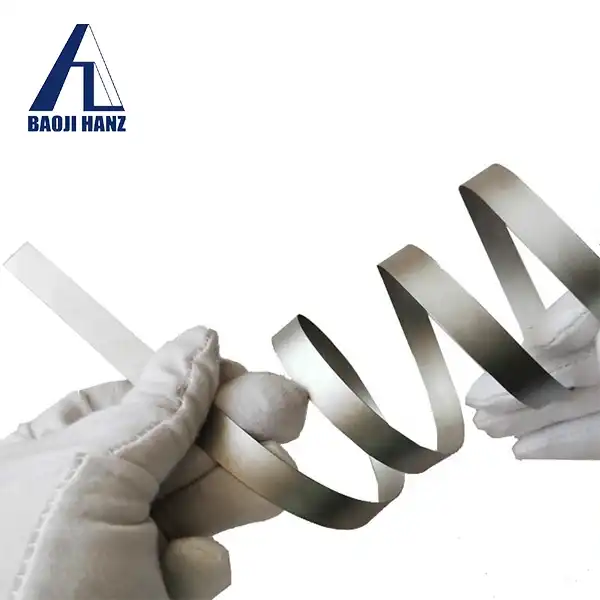

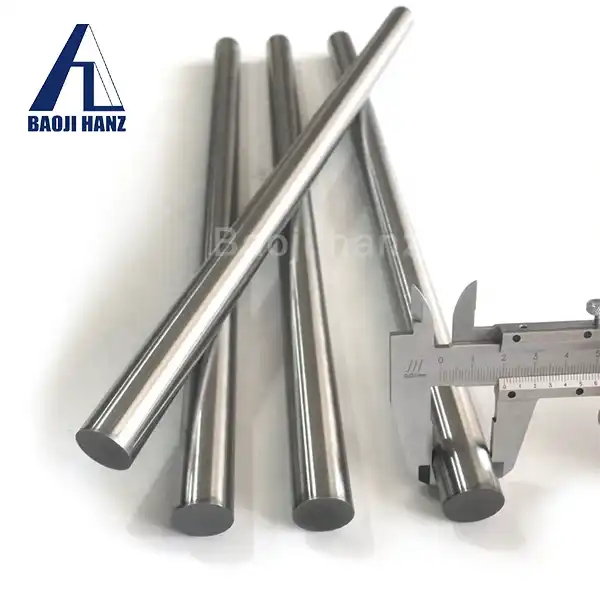
.webp)
.webp)
